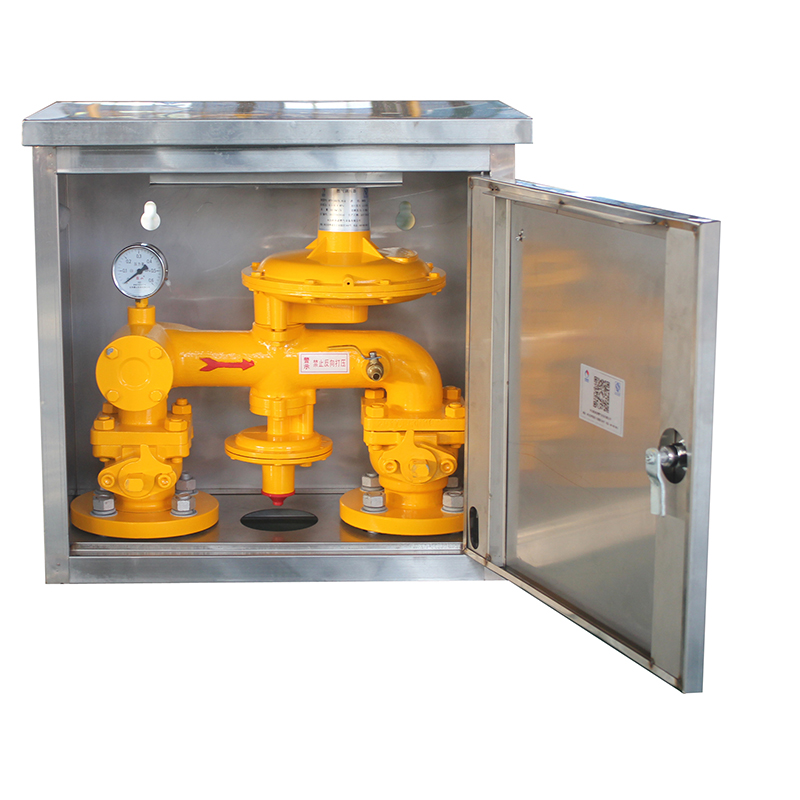
Dec . 28, 2024 23:09
Back to list
صمام تنفيس أمان الغاز
Safety Relief Valves for Gas Systems An Essential Component for Operational Safety
In the realm of gas systems, safety is of paramount importance. One critical element in ensuring that safety is maintained is the use of safety relief valves. These devices play a crucial role in preventing excessive pressure build-up, which can lead to catastrophic failures and hazardous situations. Understanding the function, importance, and maintenance of safety relief valves can help in safeguarding lives and property.
A safety relief valve (SRV) is designed to automatically release pressure from gas systems when the pressure exceeds a predetermined limit. This is particularly vital in systems involving compressed gases, where excessive pressure can lead to tank ruptures, explosions, or other dangerous incidents. The primary function of the SRV is to protect the integrity of the entire system, ensuring that it operates within safe limits.
The operation of a safety relief valve is relatively straightforward. It typically consists of a spring-loaded mechanism that holds a disc or seal in place against the pressure of the gas. When the internal pressure exceeds the designed set-point of the valve, the spring compresses and allows the disc to lift, enabling gas to escape. This release of pressure helps prevent damage to the system and minimizes the risk of an accident.
One of the most significant aspects of safety relief valves is their role in compliance with safety regulations. Organizations dealing with gas systems are often required to adhere to strict safety standards and regulations. Regular inspections, maintenance, and testing of safety relief valves are essential to ensure they function correctly and efficiently. Failure to do so can result in severe penalties and, more importantly, the risk of accidents.
صمام تنفيس أمان الغاز

There are various types of safety relief valves, each designed for specific applications. For example, valve types can include spring-operated, pilot-operated, and deadweight types. The choice of valve depends on the system design, pressure requirements, and the nature of the gas being handled. It is paramount to select a valve that is suitable for the specific application to ensure optimal performance and safety.
Proper installation and regular maintenance of safety relief valves are crucial for their effectiveness. Incorrect installation can lead to valves failing to open at the right pressure, while lack of maintenance can result in corrosion or buildup of debris, impairing their functionality. Regular testing and calibration are recommended to ensure that these valves respond correctly under varying pressure conditions.
In addition to operational safety, safety relief valves also contribute to operational efficiency. By managing the pressure within gas systems, they can help prevent energy losses that occur when systems are forced to operate under high pressure scenarios. This not only safeguards equipment but also results in cost savings over time.
Furthermore, the innovation in technology continues to enhance the reliability of safety relief valves. Modern valves can be equipped with digital monitoring systems that provide real-time data on pressure levels and valve performance. This advancement enables operators to make informed decisions and perform timely maintenance, further boosting safety and efficiency.
In conclusion, safety relief valves are an essential component of gas systems, serving as a primary defense against excessive pressure and the potentially catastrophic consequences that accompany it. Their proper selection, installation, and maintenance are crucial for ensuring the safe operation of gas systems. As technology progresses, these valves will become even more sophisticated, providing greater safety and efficiency in our ever-evolving industrial landscape. For anyone involved in gas system operations, prioritizing the functionality and reliability of safety relief valves is not just a regulatory requirement but a moral imperative.
Latest news
-
Safety Valve Spring-Loaded Design Overpressure ProtectionNewsJul.25,2025
-
Precision Voltage Regulator AC5 Accuracy Grade PerformanceNewsJul.25,2025
-
Natural Gas Pressure Regulating Skid Industrial Pipeline ApplicationsNewsJul.25,2025
-
Natural Gas Filter Stainless Steel Mesh Element DesignNewsJul.25,2025
-
Gas Pressure Regulator Valve Direct-Acting Spring-Loaded DesignNewsJul.25,2025
-
Decompression Equipment Multi-Stage Heat Exchange System DesignNewsJul.25,2025

